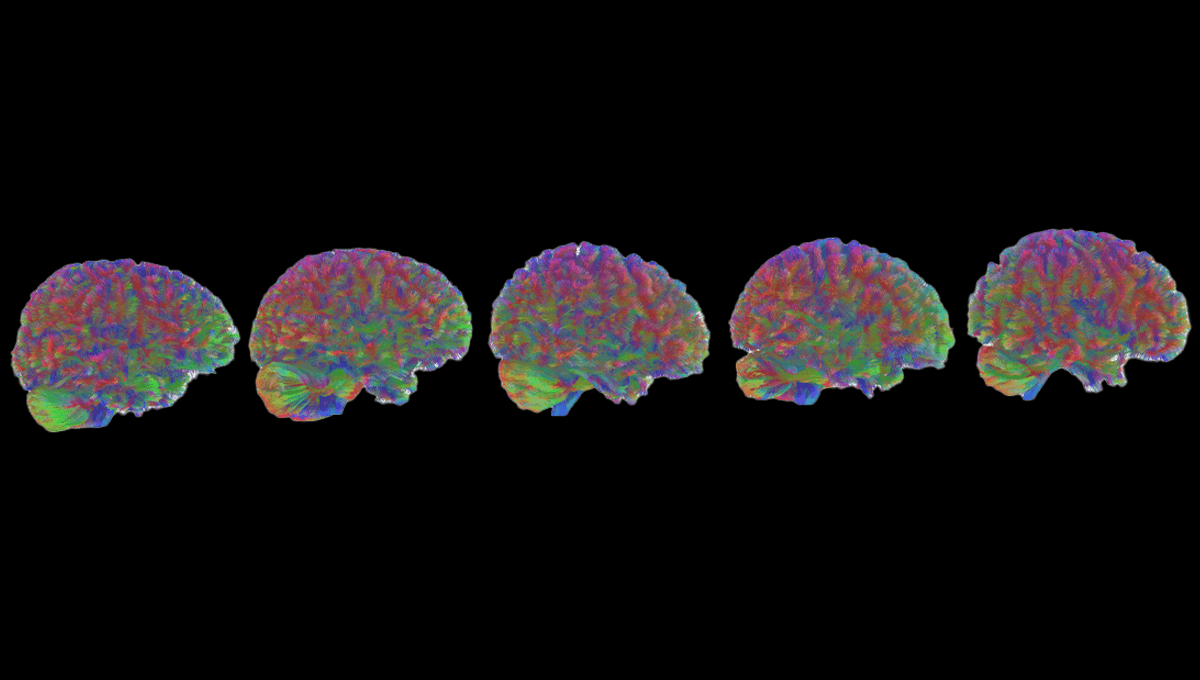-
Ροή Δημοσιεύσεων
- ΑΝΑΚΆΛΥΨΕ
-
Σελίδες
-
Blogs
-
Forum
Scientists Say The Human Brain Has 5 “Ages”. Which One Are You In?

Scientists Say The Human Brain Has 5 “Ages”. Which One Are You In?
In As You Like It, Shakespeare famously wrote about human life being divided into seven ages, from the “mewling” infant to the “second childishness” of the very elderly (he really did have a way with words, did old Bill). That was less science, more symbolism – but now, neuroscientists have revealed how the human brain really does seem to go through five ages, or epochs, over the course of a lifetime.
The rest of this article is behind a paywall. Please sign in or subscribe to access the full content. Studying brain scans from nearly 4,000 people across the whole spectrum of human life, from newborns to 90-year-olds, a team has identified four “turning points” at which the brain undergoes seismic shifts, which therefore divide its lifespan into five periods. The turning points happen, according to the data, at age 9, 32, 66, and 83. “We know the brain’s wiring is crucial to our development, but we lack a big picture of how it changes across our lives and why,” said lead author Dr Alexa Mousley of the University of Cambridge in a statement. “This study is the first to identify major phases of brain wiring across a human lifespan.” During infancy and early childhood, our brains are busy laying the foundations for the rest of our development by making scores of connections – synapses – between neurons and then later whittling them down so only the most important remain. At the same time, gray and white matter volume increases and the wrinkles on the outer surface of the cortex form and stabilize. The first turning point the team identified at age 9 heralds the beginning of the “adolescence” epoch, where white matter continues to increase and in-brain communication becomes more refined. Cognitive performance increases, but so too does the risk of developing mental health disorders. The maelstrom of hormones flooding the body at the onset of puberty has an impact on the brain too. This reaches its apotheosis as we approach 32 years of age, the “strongest topological turning point” according to the team. “While puberty offers a clear start, the end of adolescence is much harder to pin down scientifically. Based purely on neural architecture, we found that adolescent-like changes in brain structure end around the early thirties,” said Mousley. Representative MRI tractography image of the third age of the human brain: adulthood. Image credit: Dr Alexa Mousley, University of Cambridge The period between 32 and 66, adulthood, is the longest, during which an individual’s intelligence and personality are effectively settled. At 66, there are no massive structural changes, but brain networks do appear to reorganize. “This is probably related to aging, with further reduced connectivity as white matter starts to degenerate,” Mousley explained. This is also when health conditions such as hypertension may start to cause damage to the brain. Finally, around age 83, the final age of the brain is entered as whole-brain connectivity begins to decline even further, and individual brain regions operate more as siloes. “Understanding that the brain’s structural journey is not a question of steady progression, but rather one of a few major turning points, will help us identify when and how its wiring is vulnerable to disruption,” said senior author Professor Duncan Astle. The fifth and final epoch. Image credit: Dr Alexa Mousley, University of Cambridge It’s not just an interesting biological factoid; understanding how the brain changes with age is vital to better understand how different neurological and psychiatric disorders work. “Many neurodevelopmental, mental health and neurological conditions are linked to the way the brain is wired. Indeed, differences in brain wiring predict difficulties with attention, language, memory, and a whole host of different behaviours,” said Astle. “Looking back, many of us feel our lives have been characterised by different phases. It turns out that brains also go through these eras.” He may not have got the number quite right, but from a neuroscience perspective, Shakespeare was definitely onto something. The study is published in Nature Communications. 



